#randomts
Photo
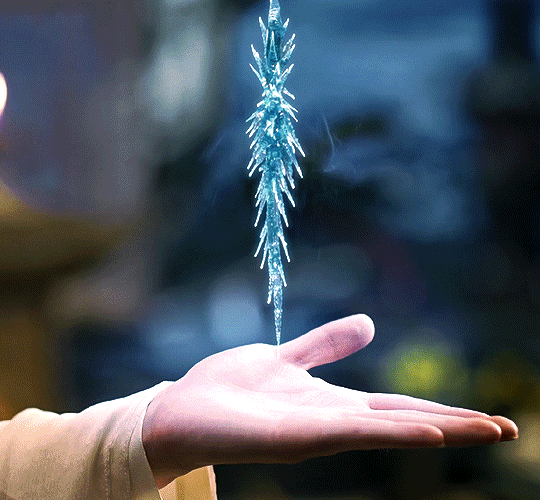

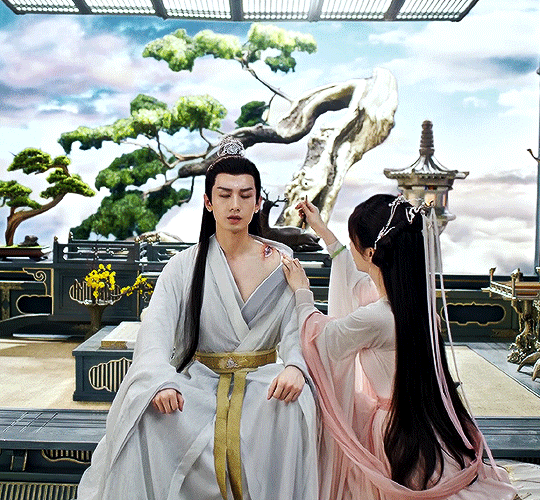
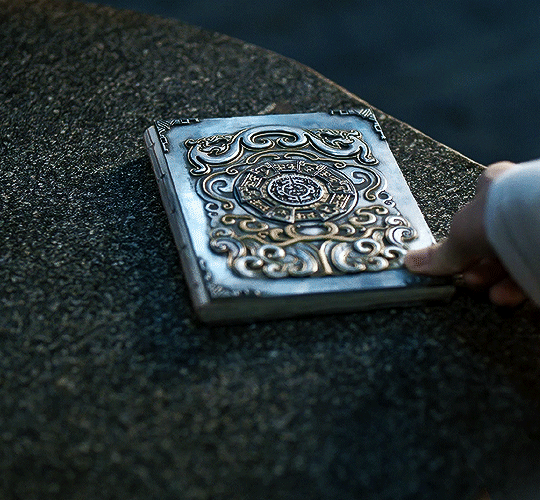
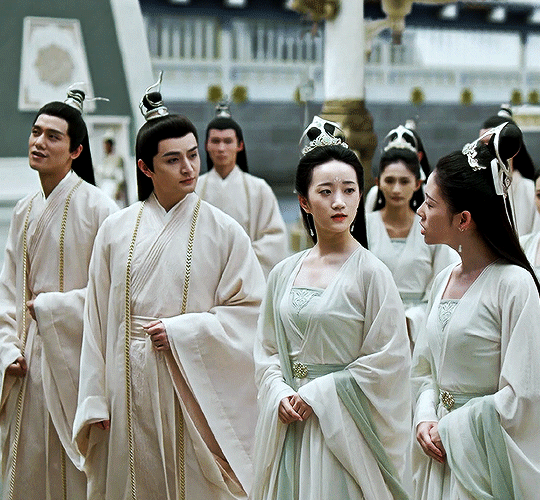
random timestamp challenge:
IMMORTAL SAMSARA 沉香如屑 — 2022, dir. Guo Hu, Ren Hai Tao (6/59)
#immortal samsara#沉香如屑#cdramaedit#cdramasource#chinesemedia#userdramas#asiandramanet#chineseartistsinc#dramasource#immortalsamsaraedit#gifs#randomts#israndom#syaring#usergooseras#tuserjade#natahjikio#roserayne
100 notes
·
View notes
Text
I thought this was really herber coded
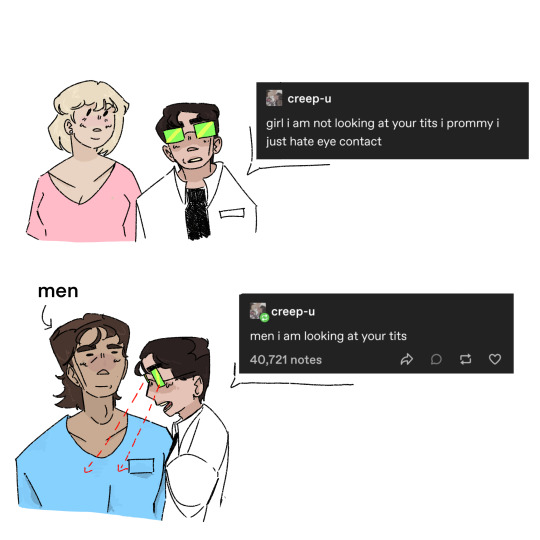
514 notes
·
View notes
Text
Isolde and Kakania are a different flavor of verneider
#reverse 1999#randomt thoughts#doom yuri in a different era...#or you can say they are them on the different side of the same coin—
13 notes
·
View notes
Text
D12 Dice-o-Nautica US Edition.
Random bizarreness.
Roll a d12 to determine which strange place you visit today.
Open Sewage and Manhole Cover Museum in Cape Giradeau, MO.
Middle of nowhere Ohio.
Random grid coordinates of a former town in Utah.
World’s Largest Ball of Twine (One of them) somewhere in Missouri.
The First Sex Shop ever erected in San Francisco, USA.
Grid coordinates of an abandoned shack in New Mexico.
Underneath an old…
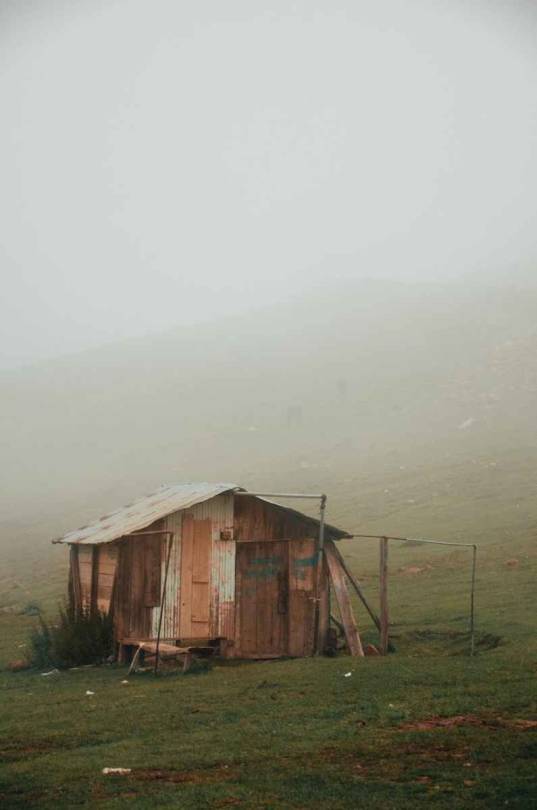
View On WordPress
1 note
·
View note
Text
Pouf ! J'ai pas mal de difficulté à travailler en ce moment, du coup retour aux activités doudou : les tables aléatoires. J'en ai fais une pour ajouter ou modifier la magie dans vos parties de #jdr elle est disponible sur le lien au dessus
0 notes
Text
Random Calendar Builder: Starting With Weeks
This is part three of a series on calendars! See this master post for more calendar content: https://www.tumblr.com/randomtable/713543620842700800/random-calendar-series-masterpost?source=share
A different approach to building a calendar with randomization: starting with the smaller units and building up.
1d12 Week Structures
1. A 6 day week, with no set “weekend” - different days off are taken by different people.
2. A 5 day week, with a single weekend day of rest.
3. A 10 day week, with two concurrent weekend days of rest
4. A 4 day week, with no set “weekend” - different days off are taken by different people.
5. A 6 day week, with days of rest on the third and sixth days.
6. An 8 day week, with two concurrent weekend days of rest
7. A 7 day week, with two concurrent weekend days of rest
8. A 9 day week, with days of rest on the third, sixth, and ninth days.
9. A 10 day week, with three concurrent weekend days of rest.
10. An 8 day week, with three concurrent weekend days of rest.
11. A 6 day week, with two concurrent weekend days of rest.
12. A 7 day week, with two concurrent weekend days of rest and a day of rest on the third day.
1d4 Naming Conventions for Days of the Week:
1. Days of the week are referred to by numerical names (ie “firstday” or an equivalent in one of your worlds languages). One day has an exception; what’s special about it?
2. Days of the week are named for gods or other religious figures. What kinds of prayers or rituals are devoted to them on their days?
3. Days of the week are named by duties, chores, or cultural practices that are expected to be done on that day. Are these widely followed, or viewed as something “no one does anymore”?
4. Days of the week are named for planets and/or other celestial bodies (or, for lunar calendars, they might be related to phases of the moon instead). What religious, cultural, scientific or magical associations do these planets have?
For the Rest of the Calendar (1d4)
1. A lunar calendar. Each month is divided into four weeks, based on the full moon, new moon, and waxing and waning half moons. There are 5d4 months in the year.
2. A solar calendar. There are 9d10 weeks in a year, and 5d4 months.*
3. A lunar calendar, based on multiple moons. The moon with the shortest lunar cycle is used for the weeks, while a moon with a longer lunar cycle is used for the months. There are 9d10 weeks in a year, and 5d4 months in a year.*
4. A lunisolar calendar. Each month is divided into four weeks, based on the full moon, new moon, and waxing and waning half moons. There are 5d4 months in the year, but every 2d4+1 years there is an extra month in the year, which helps keep the months aligned to the seasons.
*The number of months may not divide evenly into the year with these results. To resolve this, multiply the number of weeks by the number of days in one week. This is how many days are in the year. Divide the number of days in the year by the number of months in the year, to get the number of days in the month. If this number is whole, great! If not, take just the decimal of the result and multiply it by the number of months in the year to find the number of extra days. You can distribute these days to either make some months longer than others, or insert extra days between months that are observed as holidays.
This post is already pretty long, so if you want to build your calendar further, check out my posts on randomly generated solar and lunar calendars.
#random table#random tables#ttrpg#ttrpg community#ttrpg homebrew#homebrew#dnd#d&d#dungeons and dragons#dnd homebrew#dnd table#random worldbuilding#worldbuilding#ttrpg worldbuilding#genre neutral#Calendar Building#random calendars
82 notes
·
View notes
Text
ohhhg my god i randomt got such bad cramps i think im about to see god
3 notes
·
View notes
Photo

It has been a while, but I finished another entry to the AI Artifact Series! This one took me longer than expected mainly because the idea I had for random tables did not work out properly. But I think I made it work, and the cureness of the little hopefully makes up for anything else. #AIArtifact #raspy #cuteCritter #glowingLeftover #magicItem #randomTables #Roleplaying #RPG #TTRPG #WalkingPapercut #BeInspiredWithDominic Join me on Discord - Link in bio! — view on Instagram https://ift.tt/tG7Ag6x
2 notes
·
View notes
Text
started a Wattpad writing account. here's my first piece:
0 notes
Text
Stalagmite-folk + Process Notes: Overloading the Random Table
Some orientation:
Stalagmite-folk are living, ambulatory speleothems. (They don’t have legs, but glide over mineral surfaces like ice on a floor.) They are organised into families: sibling sets, issue of a local stone-spirit father and the divine Mother Water.
Blind Elephant is a stone father whose marriage has come to a Bad End. So his children, the Blind Elephant family, are exiles.
+
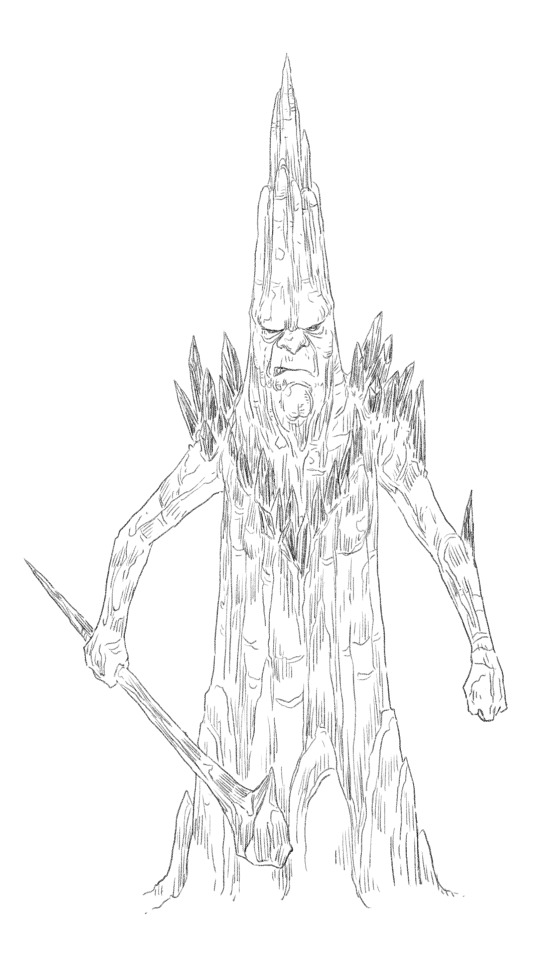
BLIND ELEPHANT, REFUGEE FAMILY
Maybe they’ve met flesh-people before. Or heard stories about daylanders. The novelty that you are distracts them from their troubles.
They know you to be:
Sightless, underground. They keep trying to sneak up and startle you.
Wild and murderous. He treats you like he would a dangerous animal.
Exotic specimens. “Your hair is so pretty! Can I touch it? Wow, stringy!”
Fascinatingly disgusting. “So you cry from your crotch? Can we see?”
Inferior in every way. She will speak over you, and never let you finish.
Poor, malnourished. They keep trying to feed you stalagmite-folk foods.
They have:
A peridot afro so big it messes with their balance. They indulge in too much olivine candy.
Shoulders sprouting jagged carbuncle spikes. The new pyrope supplements are working.
Corrosive breath. They have lava-folk friends, and love the taste of their acid-rich cuisine.
Painful joints. Every move, they grind like a rusty hinge. They drink too many bug slurries.
Rusty skin, streaks at a touch. They bulked up on iron ore, but have stopped working out.
A glowing body, searing hot. Torch resin is a narcotic to stalagmite-folk. They’re an addict.
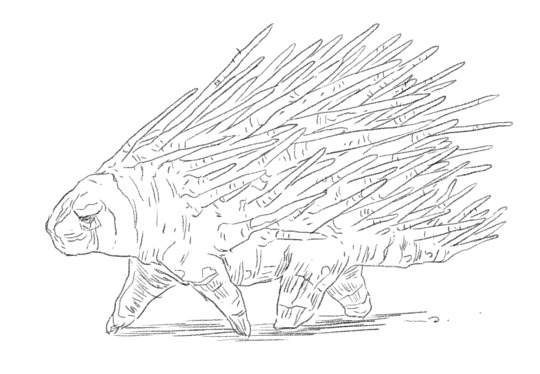
They travelled with few belongings. Including:
A pet – a rock-porcupine. Will sniff out and try to steal metal objects, to chew on as snacks.
A club of ensorcelled citrine. Any spot it impacts transforms and shatters into yellow jewels.
A set of vials, filled with condiment powders. Any would lacerate your lungs, if breathed in.
A set of finely carved wooden serving platters. Easily scratched. Utterly impervious to heat.
A sword of witch salt. The first flesh creature it touches immediately mummifies. It shatters.
An unfinished younger sister they’d been sculpting. Without parents she will never be born.
Back in their own halls they made their living:
At a crystal farm. They can show you a clear path through the fields. Their family is known for fist-sized amethyst grapes and extra-sharp salt lilies.
As a glassmith. Their workshops were hells of fire and unbreathable fume. They made toy figurines so fine these come alive at their command.
Angling moonfish. The best fishing spots are always in the loneliest caverns; they could lead you down shortcuts or detours known to nobody else.
Practising the gut art. Using their stomachs as chemistry labs, they’d guzzle ingredients, and regurgitate potions. They kept stores of rare materials.
In a crude-oil mine. A nasty business. That liquid demon-stuff harbours all manner of perilous horrors. They are scarred, and trained in fighting arts.
At the creche. Not everybody in a family is interested in caring for younger siblings. Their creche-hall is full of nooks, to play hide-and-seek in.
Few will admit to you the terror they are all feeling. They blindly followed their stone father in his retreat. Without a home, with a wrecked family – who are they, really?
+++ +++ +++
PROCESS NOTES: OVERBURDENING THE RANDOM TABLE
As we crawl to a complete draft for REACH OF THE ROACH GOD, the problem I’ve had to solve for most often is space.
Word count
=> Ballooning page count
==> Added dimensions and weight
===> Shipping costs we may not be able to afford.
I blew much of my word budget on ROTRG first three sections. Not a bad thing, considering these are the full adventure modules. But it does mean things are getting tight, space-wise.
The random NPC generator up-post appears in our stalagmite-folk gazetteer. It is the only set of random tables that chapter gets. It has to:
Generate individual NPCs (who are these stalagmite-folk refugees?)
Detail a specific community (what is the Blind Elephant family like?)
Model non-specific communities and culture (what are stalagmite-folk like, in general?)
+
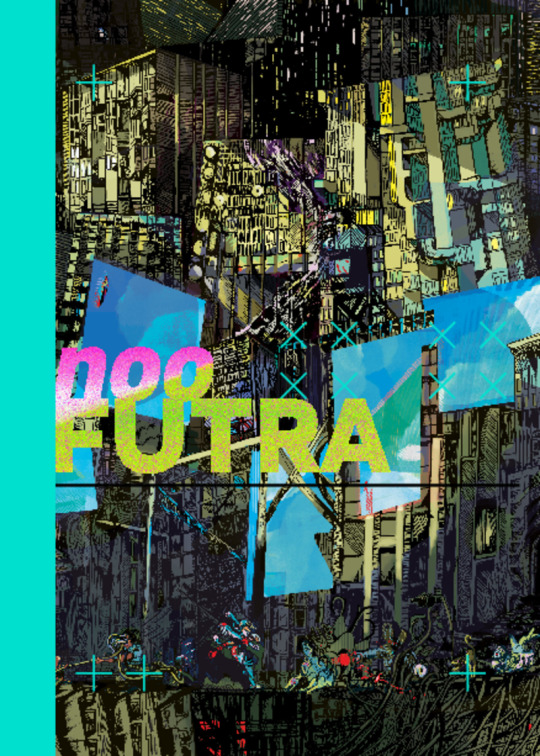
World-building via random table, I guessss?
A powerful RPG design technology. Brian Yaksha discusses it a lot; his Rakehell is an object lesson for how the principle works.
Swathes of Luka Rejec’s Ultraviolet Grasslands are conveyed via random table. Emmy Allen’s toolbox setting books, Gardens Of Ynn and Stygian Library. The most robust RPG settings tend to do this? It simply makes the most sense.
My favourite recent example is Scrap Princess’s inspired-by-Shadowrun-and-2020s-Muskian-disaster-capitalism NooFutra:
A book of tables and tables and tables of bonkers ideas that mutate play and its world in wonderful ways. (Is it NooFutra or NooFutura? Anyway: it really is wonderful.)
+
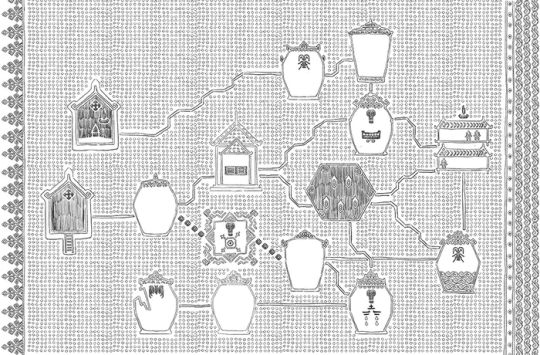
One thing that I like to do with the random generators in A Thousand Thousand Islands, because it fits the setting’s themes of porousness, anti-taxonomy, “one thing is always in relation to another thing”-ness –
Which I am now forced to do with ROTRG, out of necessity, simply because
I
Just
Don’t
Have
SPACE
A R G H !
Is this: all the random generators in the book are consciously written as multiple tables, spliced together. Tables that, in a different, better-delineated RPG work, would exist as separate things / lists / rolls – designed for separate purposes and to output separate results.
+
Presented here are the rough thoughts I had in mind, as I was making these d6 tables:
1: Sightless, underground. They keep trying to sneak up and startle you.
2: Wild and murderous. He treats you like he would a dangerous animal.
3: Exotic specimens. “Your hair is so pretty! Can I touch it? Wow, stringy!”
4: Fascinatingly disgusting. “So you cry from your crotch? Can we see?”
5: Inferior in every way. She will speak over you, and never let you finish.
6: Poor, malnourished. They keep trying to feed you stalagmite-folk foods.
This a reaction table + personality generator. (But then it’s a poor reaction table that isn’t also a personality generator.)
Also it’s a micro-aggressions table, meant to communicate how the stalagmite-folk are inclined to treat flesh-based persons. They aren’t Racists. They simply belong to a Superior Civilisation, you know? In a way it is their Burden.
1: A peridot afro so big it messes with their balance. They indulge in too much olivine candy.
2: Shoulders sprouting jagged carbuncle spikes. The new pyrope supplements are working.
3: Corrosive breath. They have lava-folk friends, and love the taste of their acid-rich cuisine.
4: Painful joints. Every move, they grind like a rusty hinge. They drink too many bug slurries.
5: Rusty skin, streaks at a touch. They bulked up on iron ore, but have stopped working out.
6: A glowing body, searing hot. Torch resin is a narcotic to stalagmite-folk. They’re an addict.
Physical attributes generator. (Meeting a minimum standard of gameability, because those are the “cosmetic” details players remember. So not “big afro guy”, but “guy with afro so big it makes him a liability while we’re spelunking”. Stuff like that.)
Plus a list of foodstuffs – detailing the stalagmite-folk’s general relationship to food, and alluding to their relationship with other groups (torch resin would be supplied by the pale-folk).
This here’s an example of word-count constraints determining creature design. The stalagmite-folk have this “you are what you eat” thing going on, mainly because I realised I could merge two random tables together if they did.
1: A pet – a rock-porcupine. Will sniff out and try to steal metal objects, to chew on as snacks.
2: A club of ensorcelled citrine. Any spot it impacts transforms and shatters into yellow jewels.
3: A set of vials, filled with condiment powders. Any would lacerate your lungs, if breathed in.
4: A set of finely carved wooden serving platters. Easily scratched. Utterly impervious to heat.
5: A sword of witch salt. The first flesh creature it touches immediately mummifies. It shatters.
6: An unfinished younger sister they’d been sculpting. Without parents she will never be born.
Simple treasure / magic items table.
But treasure tables aren’t simple anywhere, are they? Info on what the NPC has; what they can do, in play; material culture; what’s valuable versus what’s not in this culture; all that good shit.
1: At a crystal farm. They can show you a clear path through the fields. Their family is known for fist-sized amethyst grapes and extra-sharp salt lilies.
2: As a glassmith. Their workshops were hells of fire and unbreathable fume. They made toy figurines so fine these come alive at their command.
3: Angling moonfish. The best fishing spots are always in the loneliest caverns; they could lead you down shortcuts or detours known to nobody else.
4: Practising the gut art. Using their stomachs as chemistry labs, they’d guzzle ingredients, and regurgitate potions. They kept stores of rare materials.
5: In a crude-oil mine. A nasty business. That liquid demon-stuff harbours all manner of perilous horrors. They are scarred, and trained in fighting arts.
6: At the creche. Not everybody in a family is interested in caring for younger siblings. Their creche-hall is full of nooks, to play hide-and-seek in.
Professions table. Generates an NPC’s skill set.
It also tells you what their work-space was like. Considering that our stalagmite-folk gazetteer strongly suggests a “go explore the Blind Elephant’s home caves and figure out what’s going on” adventure – this tells where a particular NPC could be useful, should they tag along.
And those spatial descriptions also mean that this conveniently serves as a generator for Blind Elephant geography. You could roll on the table a coupla times, look at the spread of your results, and determine whether the Blind Elephant are a family of fisherpersons or miners or artisans.
Also meaning that, possibly, maybe, in theory, you could roll up any stalagmite-folk settlement, since the professions list is meant to communicate typical economic activities that the culture engages in.
+
In my mind I see this stuff as an extension of Brendan / Necropraxis’s overloaded encounter die. That’s a keystone bit of design, in service of RPG procedure and its streamlining.
Could you do the same with RPG setting / adventure design?
What if your weather table was your location generator? What would that look like?
You’d lose granularity. (You’re removing a roll; setting certain weather-to-place relationships in stone). But what would you gain in terms of building the character of the world? (Hail always falls around the region’s stone megaliths, wonder why?)
+
Does any of this work? Is any of this useful for anybody but myself? Don’t know.
Definitely these splicings push towards more specificity – so designers who are trying to make more toolbox-y things would find this dumb / counterproductive.
Is it useful to me?
I know I’m susceptible to overburdening a text. Not information-dense, just dense? Prose that does too much implying, and has left too much unsaid. Descriptions with too few explicit guardrails for players’ / GMs’ imaginations, they just never bother getting onboard.
+

It has been useful, so far. I’m reasonably happy with our draft of the stalagmite-folk gazetteer. I think I experienced something not entirely unlike fun, while writing said draft. (Writing sucks ass; I never have fun writing.)
And I didn’t bust my word-count limit, this time. So there’s that.
+
(Art by Mun Kao. The stalagmite-folk are part of REACH OF THE ROACH GOD, our first book; preorders are open.)
#writing#fantasies#rpgs#reachoftheroachgod#athousandthousandislands#art#stalagmite-folk#randomtables#processnotes#rockcupines
20 notes
·
View notes
Text
Tim: Are you reading fan fiction?
Conner, reading an article about extremely rare diseases: Wh- No.
Tim: Oh, is it on AO3?
Conner: This is CNN.
#incorrect quotes#tim drake#red robin#conner kent#superboy#timkon#incorrect tim drake quote#incorrect conner kent quote#incorrect timkon quote#randomt hursday#timkon quote#this is canonn
9 notes
·
View notes
Photo
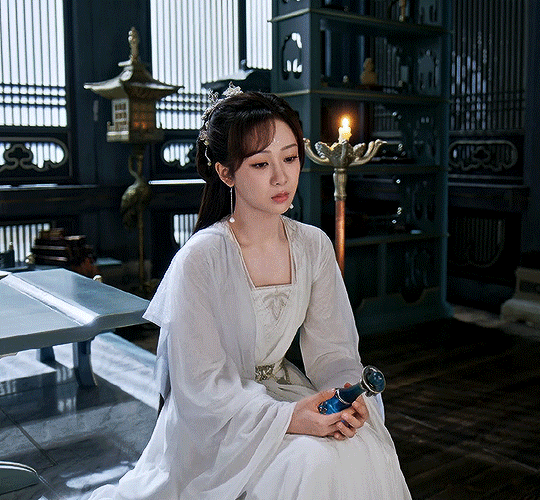



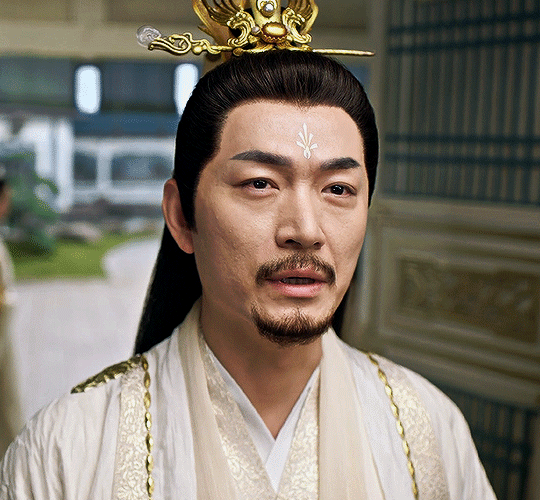
random timestamp challenge:
IMMORTAL SAMSARA 沉香如屑 — 2022, dir. Guo Hu, Ren Hai Tao (7/59)
#immortal samsara#沉香如屑#cdramaedit#cdramasource#chinesemedia#userdramas#asiandramanet#chineseartistsinc#dramasource#immortalsamsaraedit#gifs#randomts#israndom#syaring#usergooseras#tuserjade#natahjikio#roserayne
70 notes
·
View notes
Text
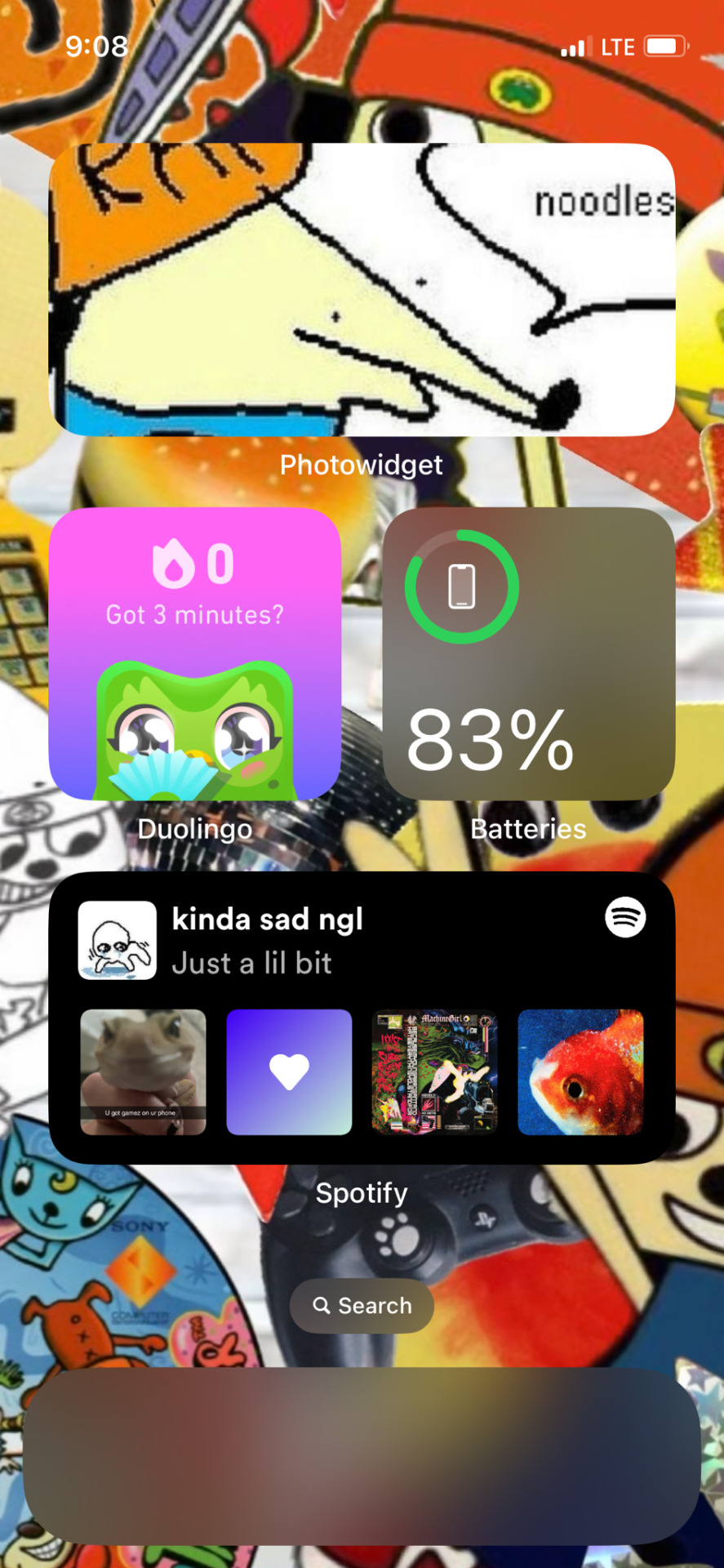
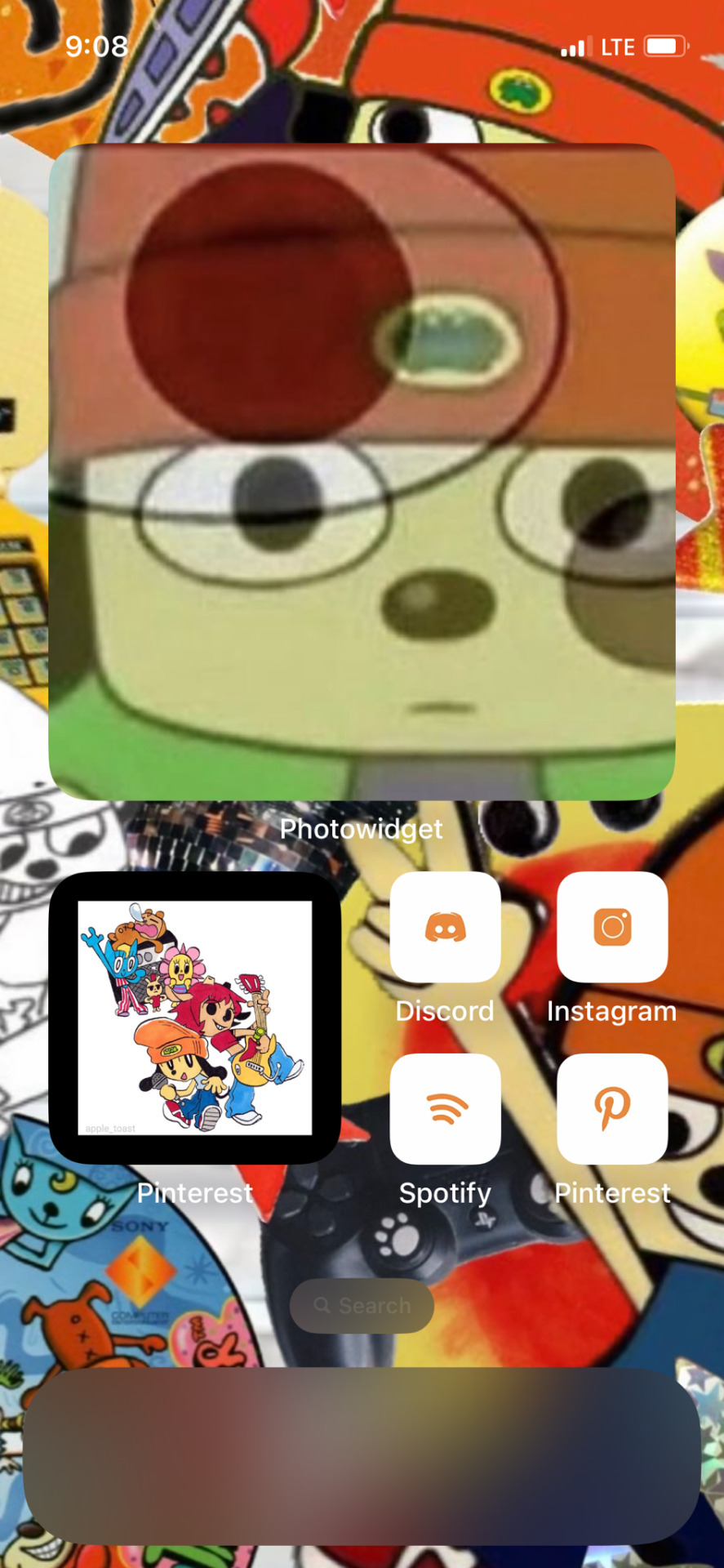
Me when
12 notes
·
View notes
Photo


•Click on picture for better quality•
All credits go to EA
Requested by Anon
All my conversions are in package format and base game compatible.
• 𝔻𝕆𝕎ℕ𝕃𝕆𝔸𝔻 • Ads free as always at my website!
•Info about polycount, buy category and price § under the cut•
- Extropic Table: HLOD 320 verts | 320 faces - MLOD 272 verts | 234 faces
Found under Dining tables - 285§
Recolorable - 2 channels
- Hardcase End Table: HLOD 239 verts | 174 faces - MLOD 175 verts | 93 faces
Found under End tables - 100§
Recolorable - 2 channels
- HallwayTable: HLOD 353 verts | 344 faces - MLOD 244 verts | 184 faces
Found under Misc surfaces - 110§
Recolorable - 2 channels
115 notes
·
View notes
Text
1d12 Mundane Trail Encounters.
1d12 things that can happen on the trail between here and there. No magic involved.
Here’s a new d12 Table just for fun.
When the group finds themselves wandering down the trail, on their way to their next adventure, sometimes things don’t always go quite as planned. This is a trail encounter for a temperate forested area. Usable with Dragonbane RPG.Mundane Encounters:
Venomous Asp: A random member of the party steps too close to a snake on the edge of the trail. The group…
#Dragonbane#DragonBaneBlog#DragonbaneBlogger#DragonbaneRPG#FreeLeagueBlog#FreeLeagueBlogger#FreeLeaguePublishing#FriaLigan#randomtable#randomtables#rpgblog#rpgblogger#rpgwriter#ttrpg#TTRPGblog#TTRPGblogger#ttrpgdesign#ttrpgrandomencounters#ttrpgwriter
0 notes
Text
Can’t believe Crazy Bones is powered solely by vengeance, what a character
2 notes
·
View notes